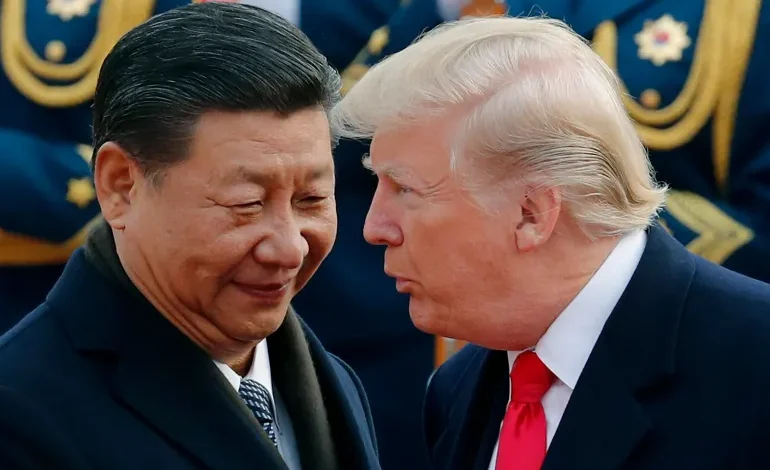Trade War Escalates as Canada, Mexico Retaliate Against US Tariffs; China Responds with Restraint

Just hours after President Donald Trump announced tariffs on goods from Canada and Mexico over the weekend, both nations swiftly retaliated with their own levies on US imports, escalating a trade dispute that has sent shockwaves through North America, Al Jazeera reports.
In contrast, China, the United States’ major strategic rival, offered a noticeably more measured response, signaling a potential shift in the dynamics of global trade tensions.
Canada and Mexico immediately imposed tariffs on various US goods in direct response to Trump’s imposition of 25% tariffs. This aggressive reaction underscores the importance of free trade between the three countries, which have been operating under a free trade agreement since the North American Free Trade Agreement (NAFTA) was established in 1994.
While the trade disputes with Canada and Mexico have intensified, China’s Ministry of Commerce offered a more restrained response. On Sunday, the ministry did not announce specific tariffs, instead declaring that it would take “corresponding countermeasures to firmly safeguard its rights and interests.” It also said it would challenge the tariffs at the World Trade Organization (WTO), a move considered largely symbolic due to the WTO’s appellate body being effectively non-functional since late 2019, due to the US’ refusal to support the appointment of new judges.
This relatively muted response from Beijing comes after a surprisingly cordial start to US-China relations under Trump’s second administration. At the Davos economic forum on January 23rd, Trump said he believed the US and China would have “a very good relationship,” following his first phone call with President Xi Jinping. In a Fox News interview aired the same day, Trump stated he would “rather not” impose tariffs on China, and expressed interest in reaching a deal with Xi.
Despite the recent friendly rhetoric, the new tariffs add to existing levies on Chinese goods, bringing the average tariff on Chinese imports to about 30%, according to Deborah Elms, head of trade policy at the Hinrich Foundation. While the announced tariff was 10% on Chinese goods, it falls well short of the 60% Trump threatened to impose during his reelection campaign, the existing tariffs on Chinese goods made the additional measure significant.
Despite a slowing economy, China appears to be in a stronger position to negotiate with the US than Canada or Mexico. With a GDP of approximately $19 trillion, China’s economy is significantly larger than the economies of both Canada and Mexico which have GDPs of about $2.1 trillion and $1.8 trillion respectively and are more vulnerable to economic pressures from the US.
Economic analysts are concerned by the unfolding trade war. The Peterson Institute for Economic Affairs estimates that the tariffs on Mexico and Canada could wipe as much as $200 billion off the US economy over the next four years, $100 billion from Canada’s much smaller economy, and reduce Mexico’s economy by 2%. They also estimate that tariffs on Chinese goods could separately shrink the US economy by another $55 billion and China’s economy by $128 billion.
Amid the escalating trade tensions, The Wall Street Journal reported on Monday that Beijing plans to propose the revival of a trade deal sealed in 2020 during Trump’s first term. Under the deal, China had agreed to buy $200 billion worth of US goods over two years, an agreement disrupted by the COVID-19 pandemic. China only met 58% of its obligations. Experts suggest a similar agreement could be the ultimate goal for the US and China.







